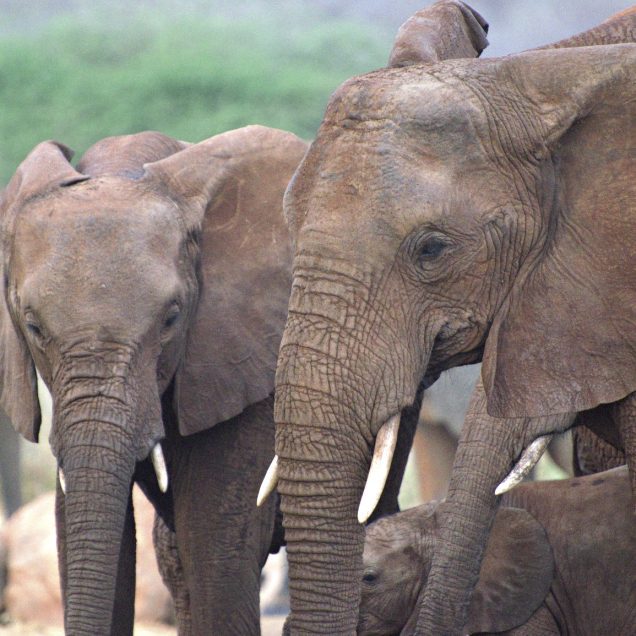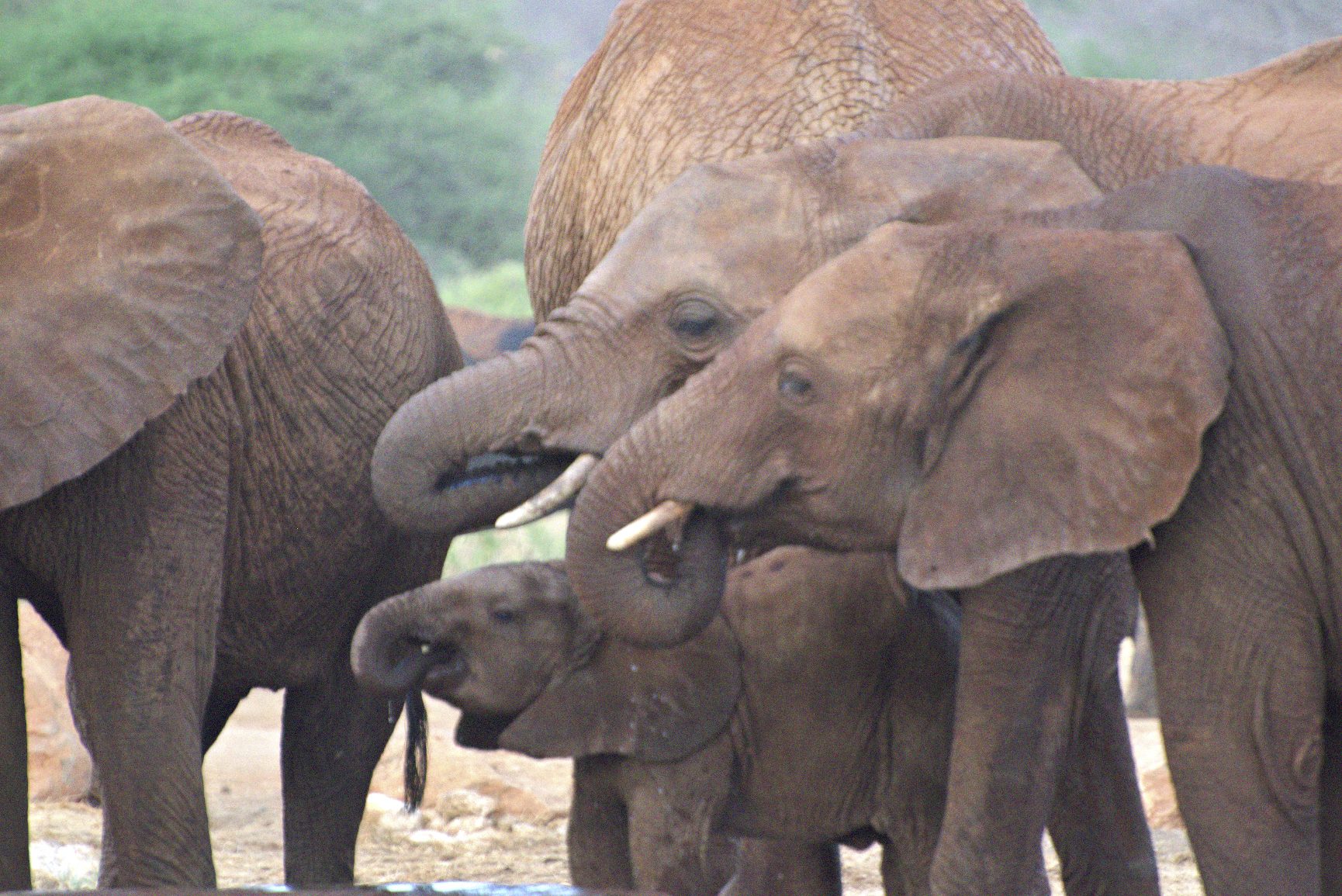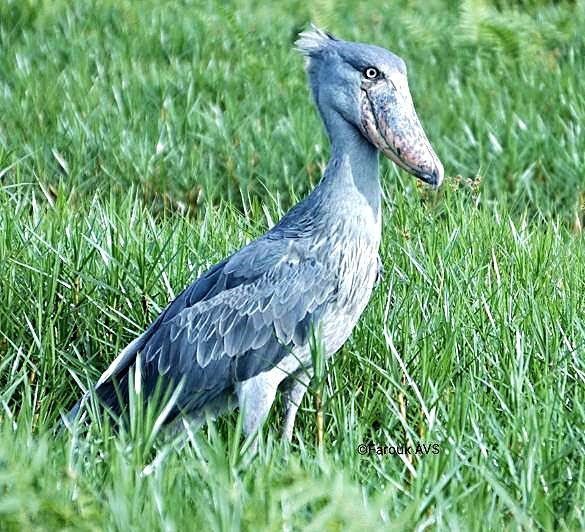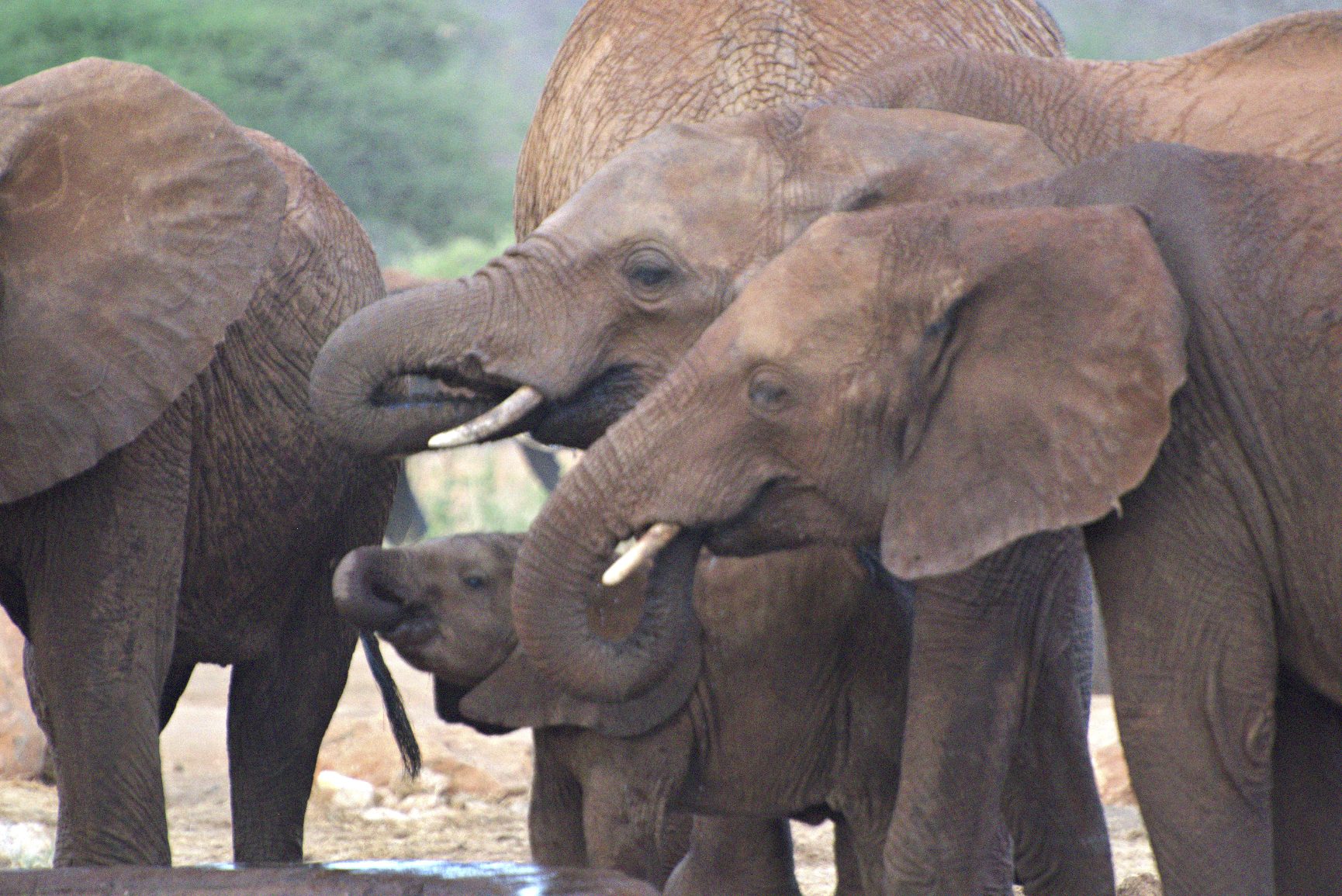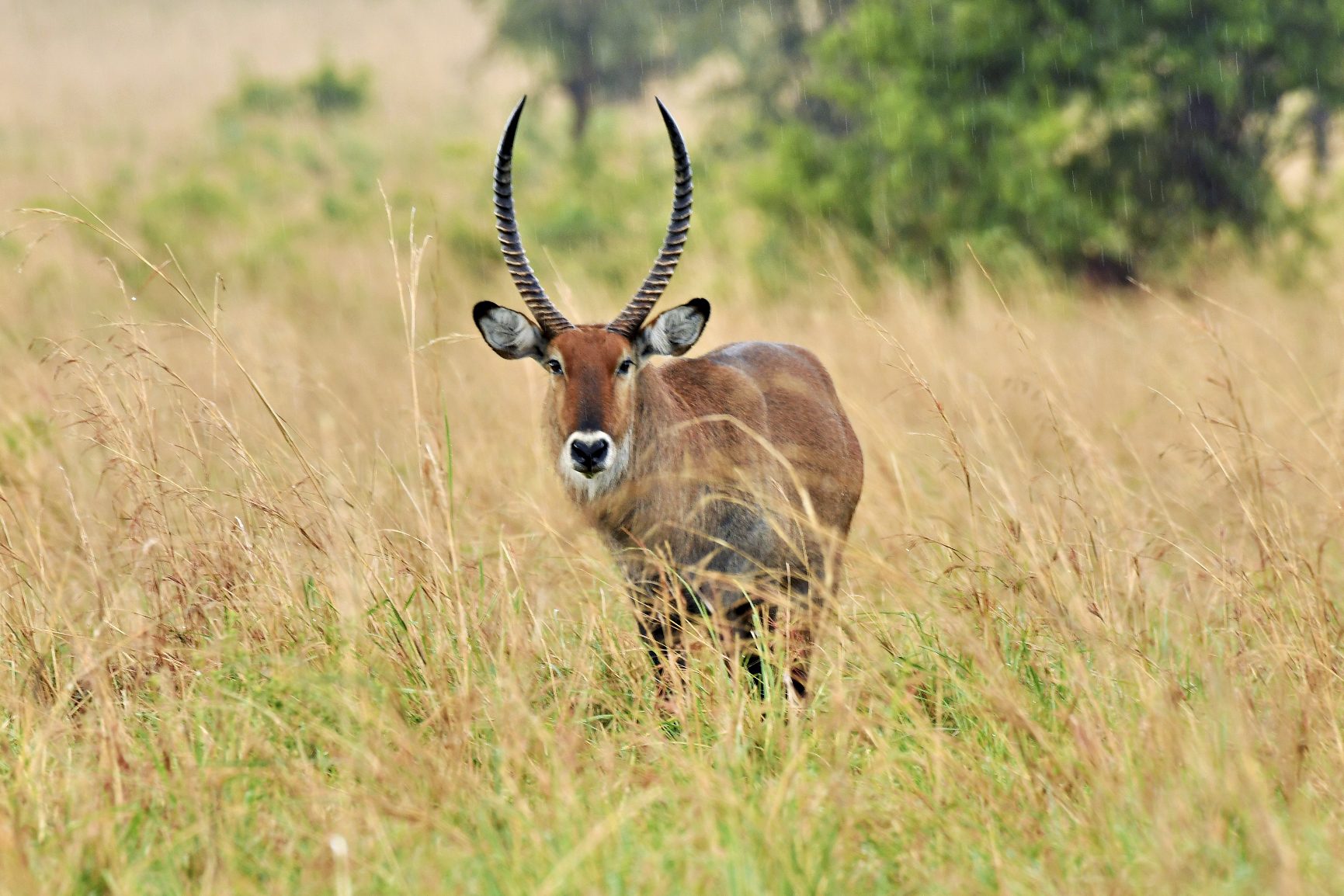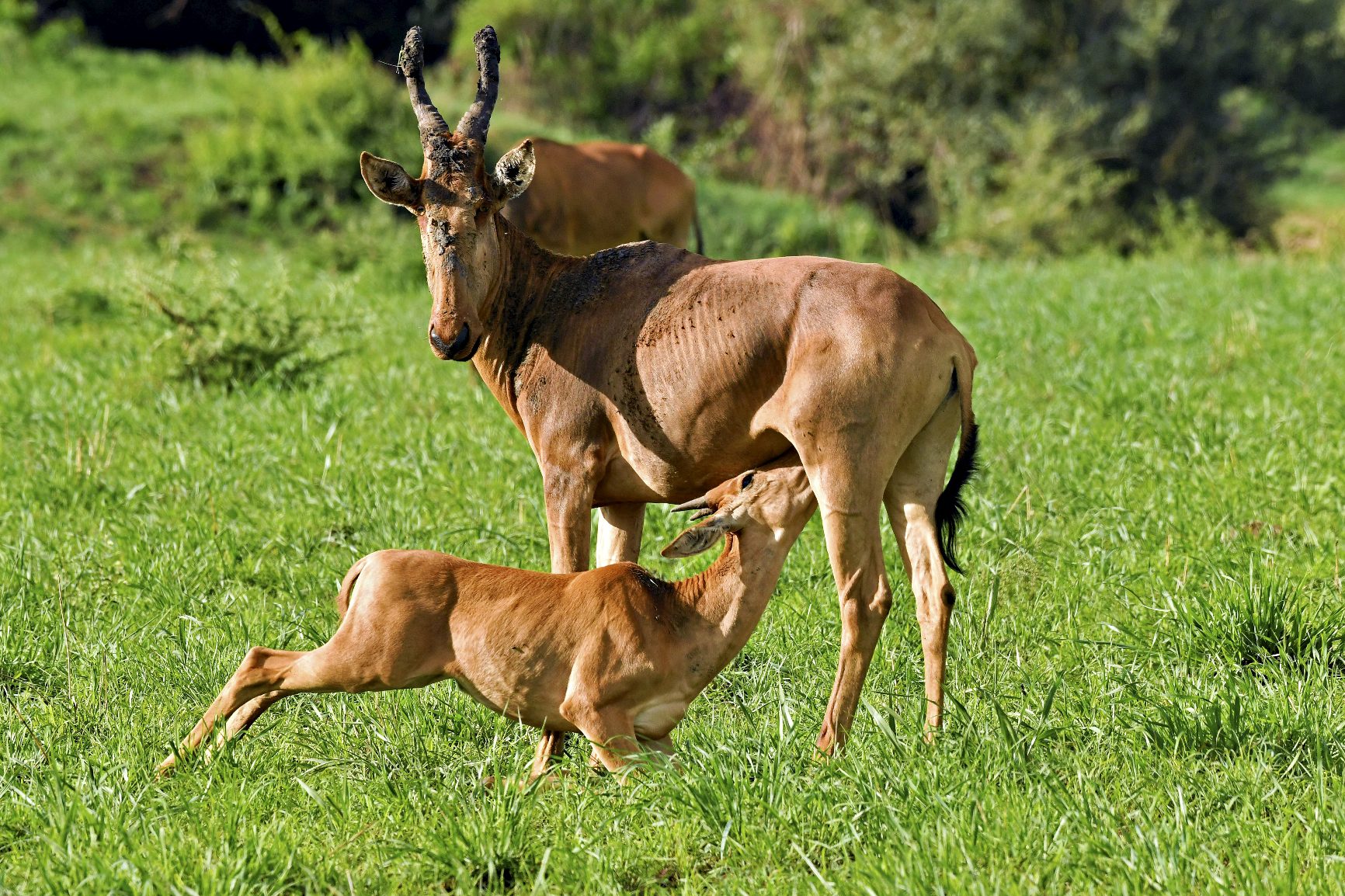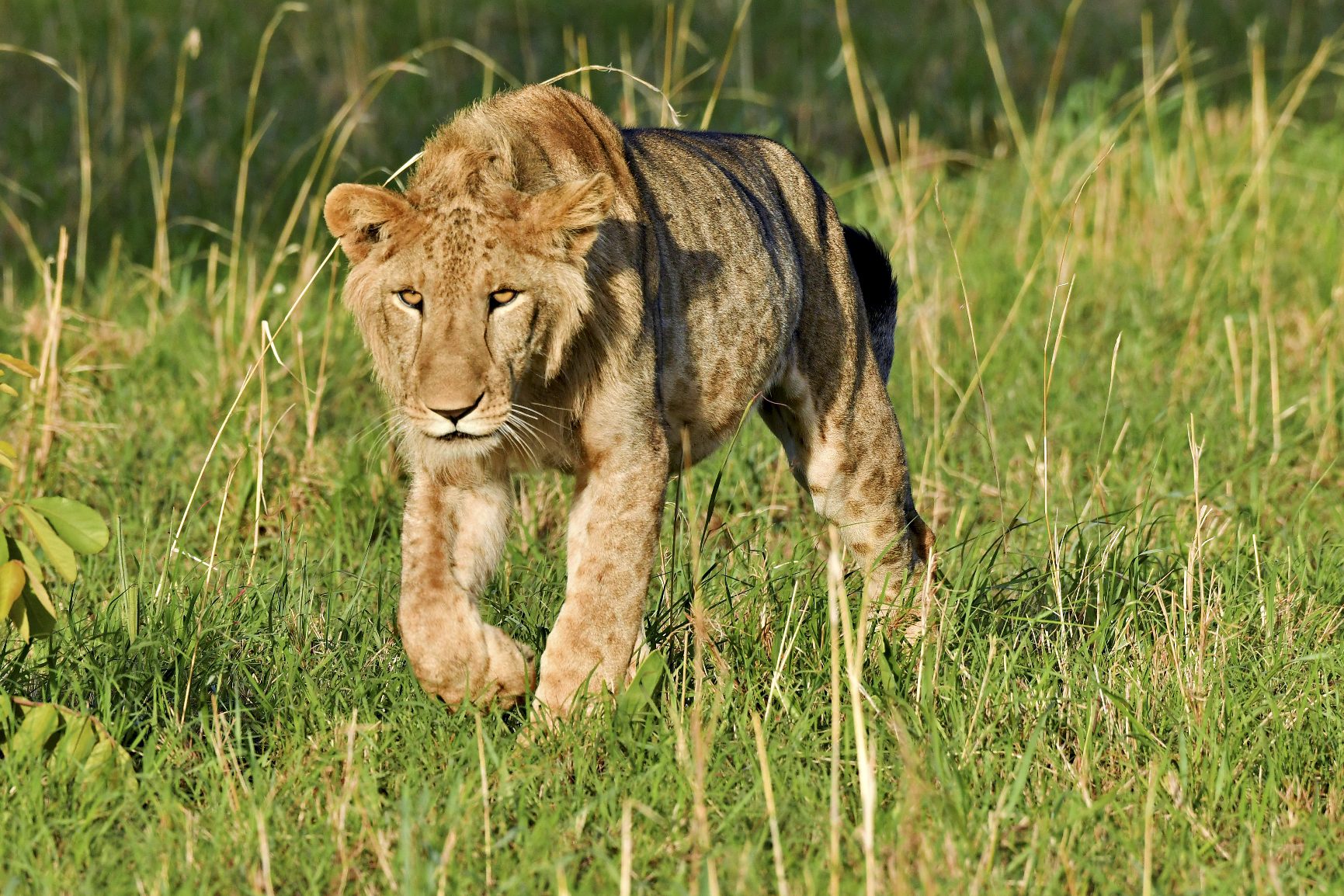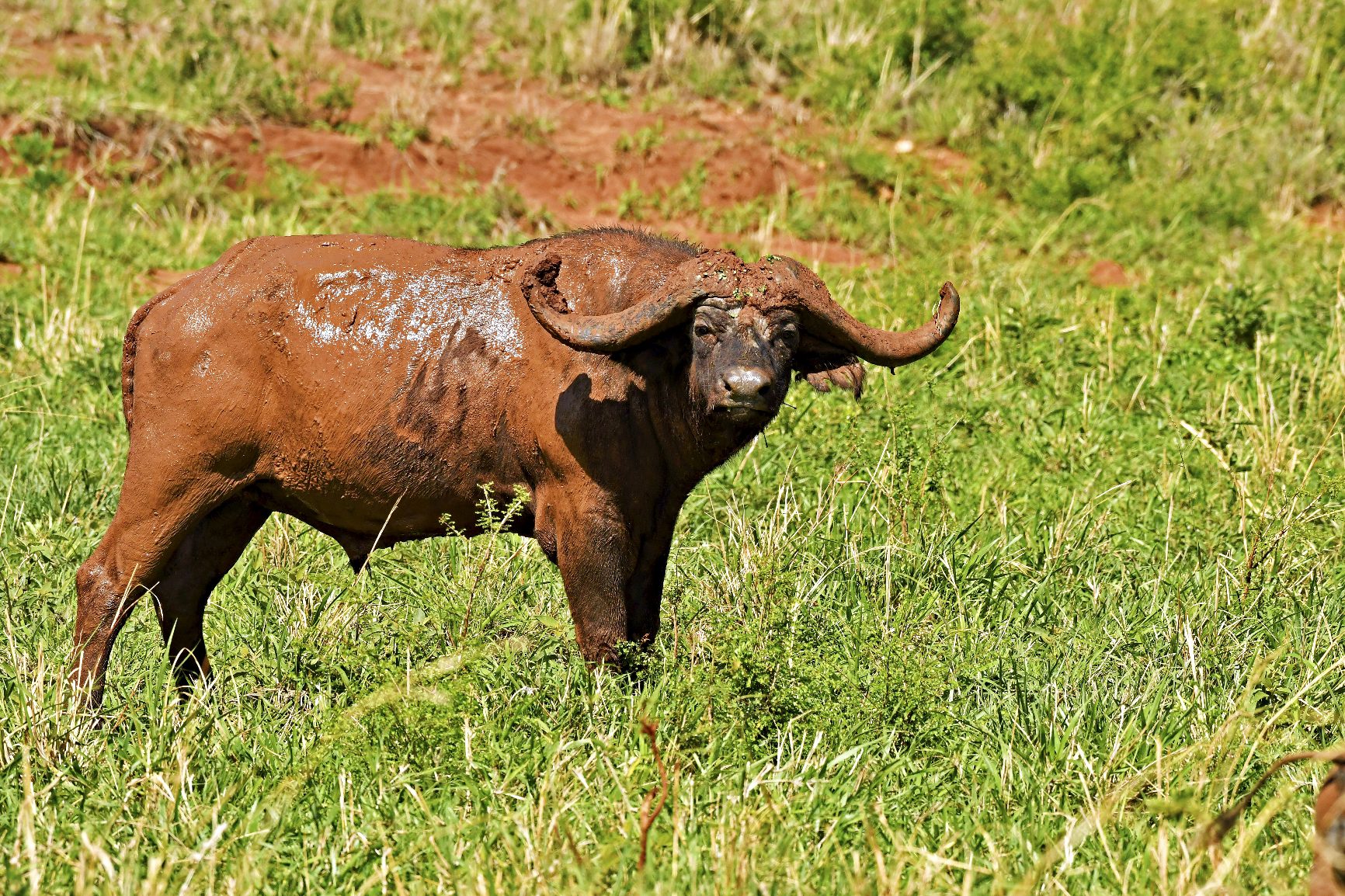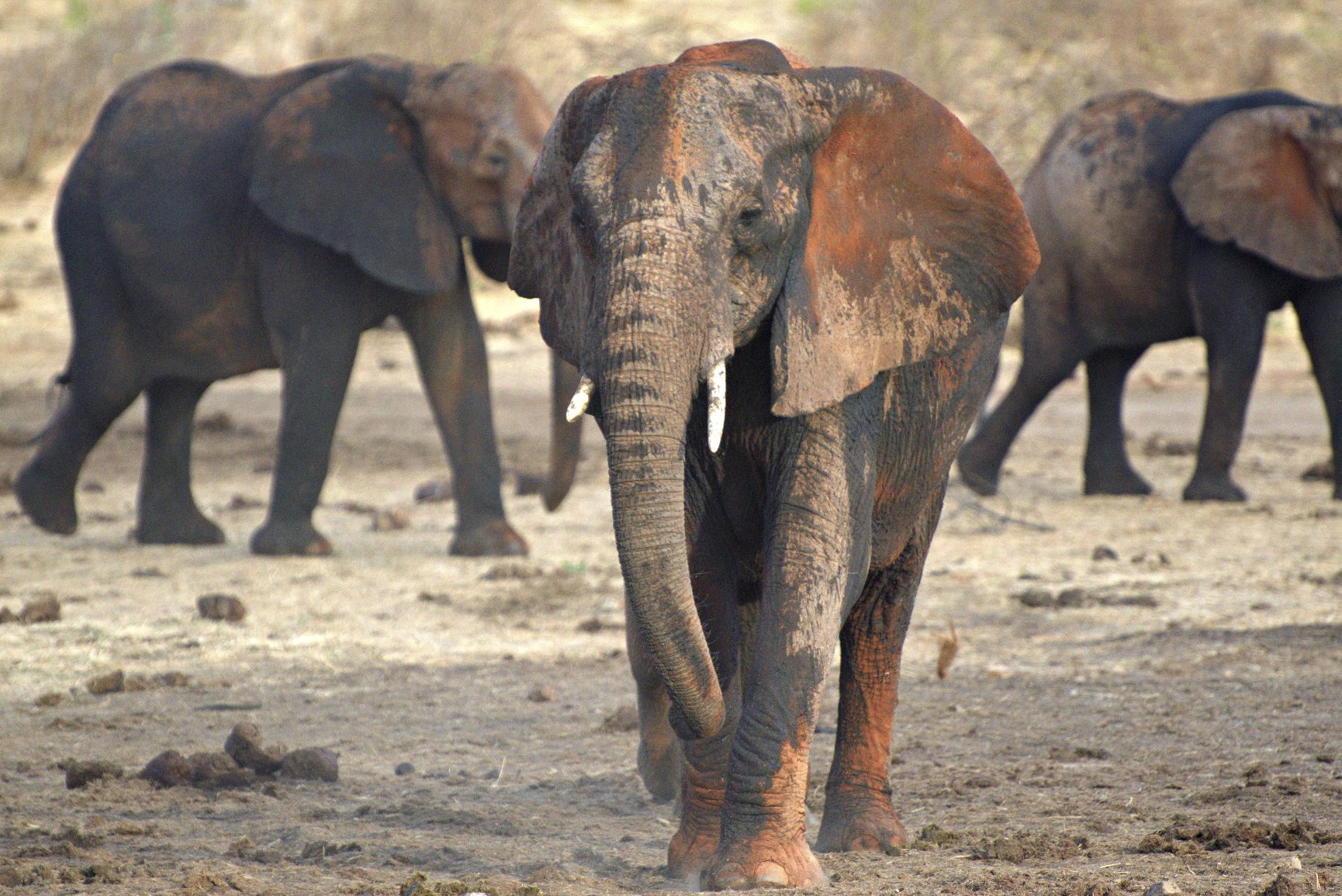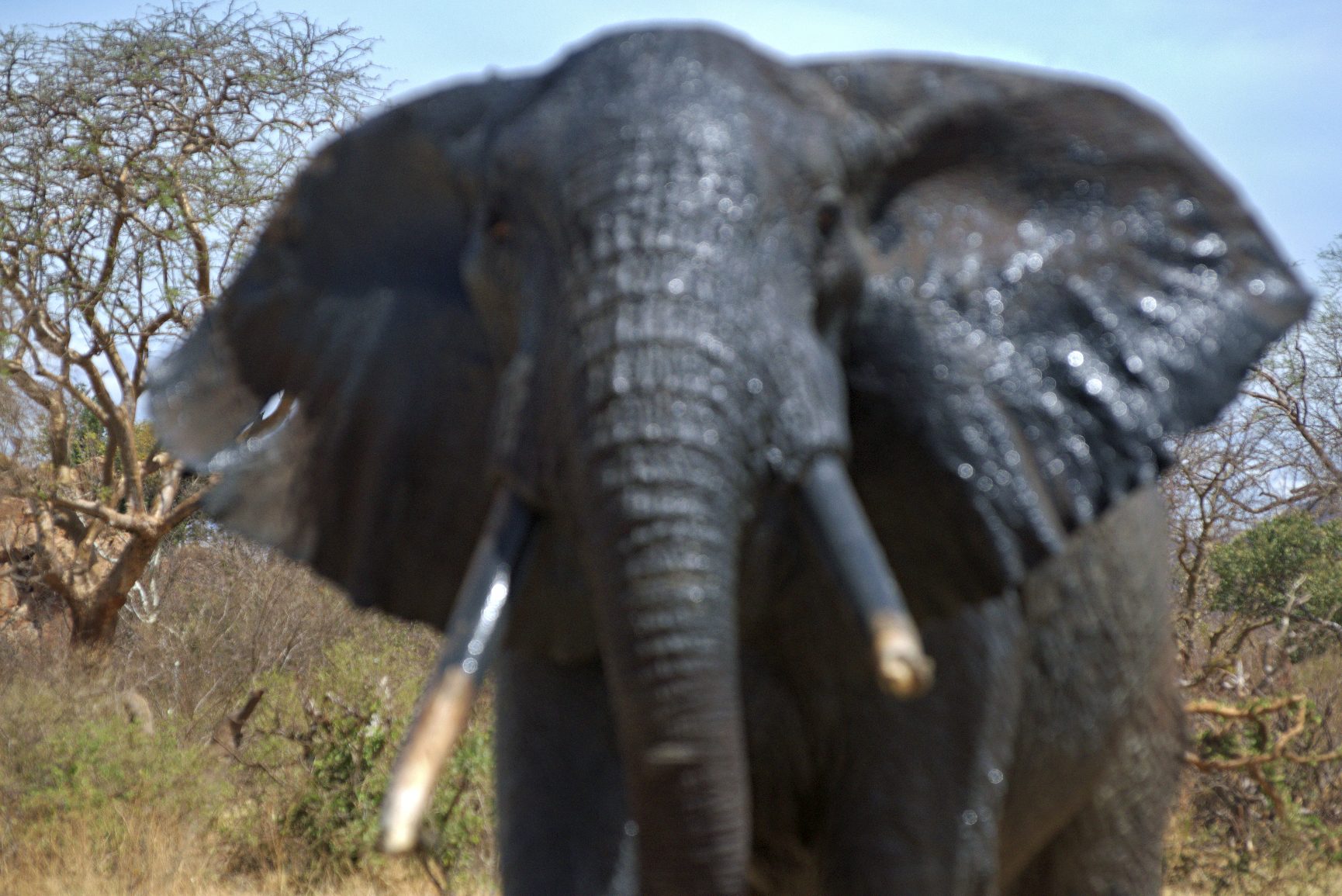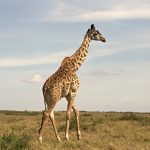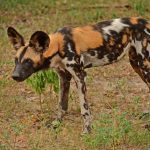TARANGIRE NATIONAL PARK
Tarangire is famed for its spectacular number of ancient baobab trees. Tarangire’s baobabs can reach up to 30 metres (98 feet) in height. Some of these trees are around 1000 years old, bringing an ancient wonder to the atmosphere of the park.
One of the lesser-known game reserves in Tanzania, Tarangire rivals the Serengeti in its great number and diversity of wildlife. It is a good choice for travellers who wish to encounter more animals and less tourists while on safari. The Tarangire National Park is known as a wonderful birding destination and also features large numbers of game, particularly during the dry season, when the Tarangire River is the only source of water in the area. The landscape is of particular interest too, due to the high number of scenic baobab trees.
Prepare to be astounded by overwhelming numbers of wildlife. Tarangire has Tanzania’s second highest population of wildlife, after the Serengeti. In the dry season, between June and September, the park teems with life. Large populations of zebra, buffalo, wildebeest, giraffe, eland, antelope and warthogs go in search of water. Lions and hyenas follow suit. Tarangire, in fact, has 700 resident lions making for frequent sightings. These lions are also prone, rather unusually, to climb trees. This makes for unique safari sightings. Leopards prow stealthily at night in search of prey. Not to mention the other unusual species – you’ll have the opportunity to spot vervet monkeys, fringe-eared oryx, the gerenuk and mongoose.
Tarangire National Park: The Experience
An often-overlooked gem, Tarangire’s characteristic skyline, framed by the stubby branches of fat baobab trees, is the backdrop for superb game viewing, particularly in the winter months of the peak season. Its marshes, which dry out into verdant grassy fields during the dry season, draw great herds of elephant, buffalo, antelope and other plains game.
Lion and other predators are frequently spotted. The park boasts over 500 species of birds, including some species endemic to Tanzania. Away from the busier north, the southern end of the park is home to camps that specialize in walking safaris, allowing their guests to immerse their senses in the experience of exploring the African bush on foot.
Tarangire National Park: Birdlife
Tarangire is a great bird-watching site with more than 500 species recorded. The park harbors several dry-country bird species at the extremity of their range, such as the northern pied babbler and vulturine guineafowl. Serious bird-lovers should also keep an eye open for flocks of the dazzlingly colorful yellow-collared lovebird, and the somewhat drabber rufous-tailed weaver and ashy starling – all restricted to the dry savannah of north-central Tanzania. Migratory birds are present from November to April.
Birdlife is plentiful all year round, but bird watching is at its best when the European and north African migratory birds are present (November to April). Nesting among the resident birds is taking place during this same time, so it is easy to spot birds in their breeding plumage. Wildlife viewing is best during the Dry season (June to October).
For more information, Go TO
TARANGIRE NATIONAL PARK

